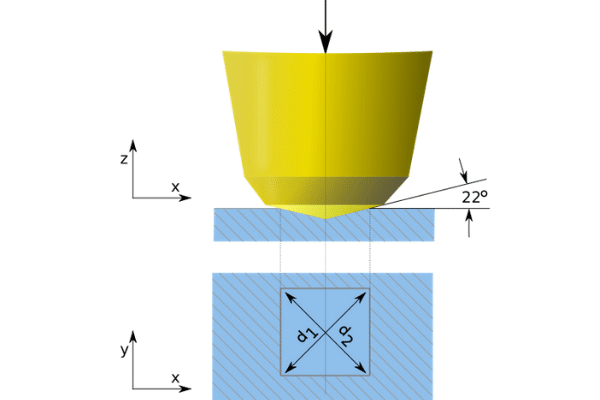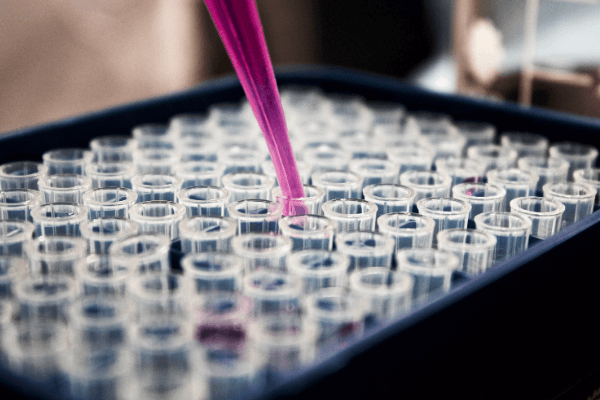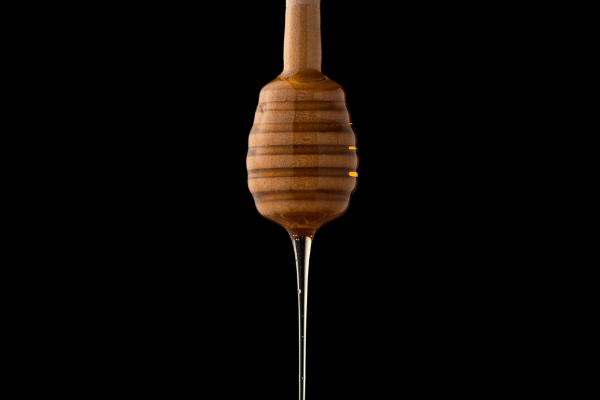Tribology What is it?
Tribology allows us to better understand the wear processes of materials and ensures that components are designed with an optimum coefficient of friction. In this article, we explain what tribology is and what it is used for. What is tribology? It is the science that studies surfaces that interact in motion. Its name comes from
















